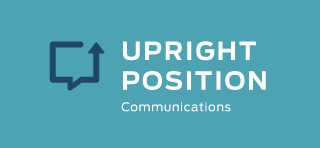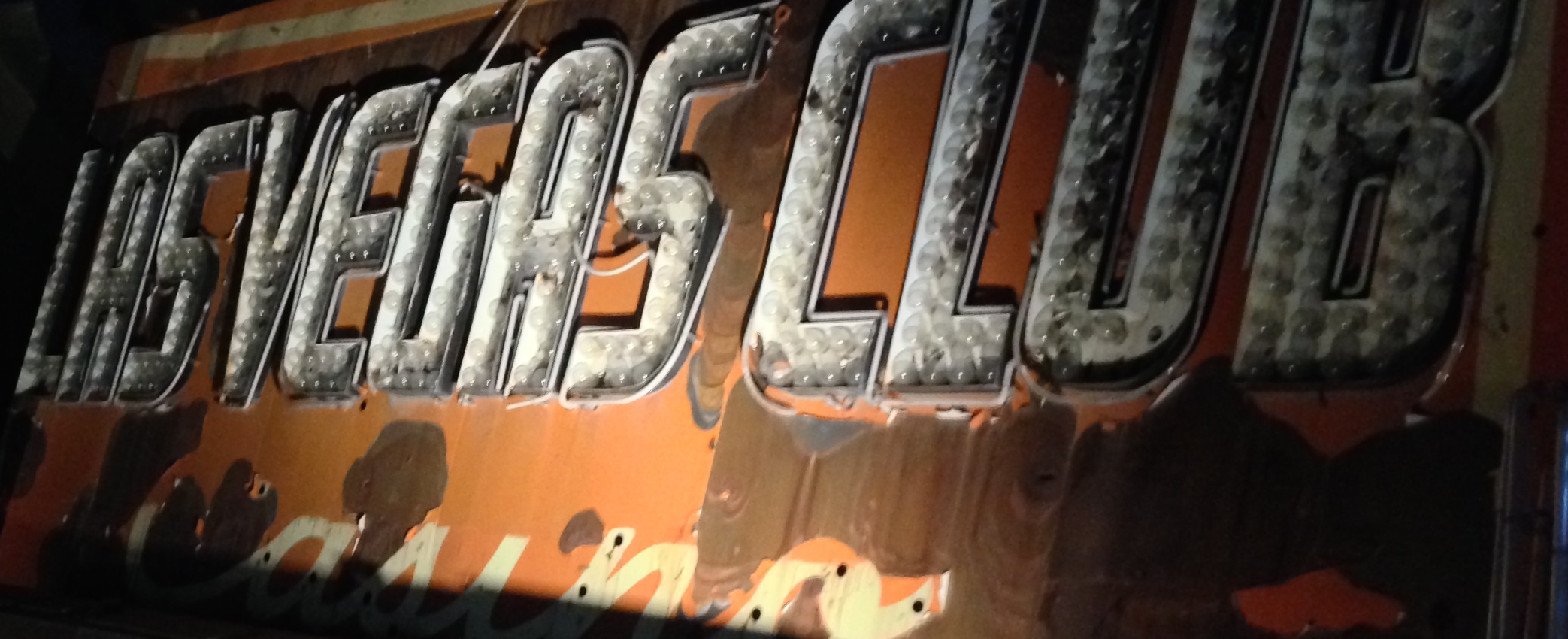I’m not attending the 2015 Consumer Electronics Show (CES) in Las Vegas, and I’m okay with that.
For PR professionals, CES is like being in the fourth ring of a three-ring circus: All eyes are on the clowns, the lion tamers and the tight-rope walkers in the other rings, while we’re running around trying to get someone to shine the light on our ring, where we think we have a client with something cool, relevant and on the cusp of being the next big thing.
While I’m not going to CES, this isn’t an obituary of the consumer electronics show that is one of the biggest draws to Las Vegas every year. In fact, many are saying it’s too big.
CES plays an important role in the consumer electronics industry as a place for companies to make crucial distribution deals, generate consumer interest in new technology and network. Whether you’re a large player in the 4K TV market or a mom-and-pop designer of phone cases, there’s an audience for you at CES.
It’s a great place to check the pulse of the consumer electronics market and understand what trends might catch on in the year ahead. The one thing I will miss from not being at CES this year is roaming the floor to see what wares I’ll be seeing online and in the shops in the coming months and years.
However, from a PR standpoint, CES is not all it’s cracked up to be.
It’s actually fitting that the event is in the casino capital of the world, because very often, generating media coverage around CES is a huge gamble with sometimes little payoff.
I’ve been fortunate enough to work with companies that were actively sought by reporters at CES and for startups that reporters wanted no part of. Both types of experiences taught me a wealth of information about how to do CES well, but the main takeaway for me is that as important an event as it is, it isn’t always the best event for making impact on the PR front.
One of my favorite reminders on the merits of a CES presence: Apple chose to introduce the iPhone during CES, but not at CES.
Here are three reasons why tech companies thinking about CES for this year or next should be okay with not going too:
There’s rarely a compelling reason to try to be heard above the noise
CES by its nature covers a wide swath – cars, TVs, PCs, apps, phones, devices, connected homes and the internets of everythings. Because of that, everyone company there is trying to gain the access of every reporter there. There’s a lot of noise at CES and unless you have the killer app or the revolutionary product that’s going to immediately change the world, it’s nearly impossible to be heard above the din.
At best, you’ll get a brief mention in a round-up of other products seen by a particular reporter at the show, and at worst, you’ll get no mention at all or receive coverage for having a silly, half-baked idea.
The real legwork for CES is done before CES
Here’s a dirty little PR secret: Most of the PR work we do for CES is done in November. By the time reporters are at CES, they have a fairly good idea of what they’re going to cover and what their storylines are going to be. And their dance cards are already ridiculously full.
The easiest way to get a tech PR person to break out into hives is to have a client or a potential client call them in December requesting coverage about their “presence” at CES (especially when that “presence” is merely them attending).
A company taking part in CES should be part of a broader, strategic business presence and should be planned on accordingly. From a PR perspective, six months warning is ideal.
There are 51 other weeks to make your own trend
Today, companies with a consumer electronic slant have other ways to get the word out about their products and potential impact. Thanks to a constant news cycle where reporters are always looking for compelling stories, it’s not necessary to fight the Vegas CES throng to get your point across.
Kickstarter campaigns have proven that with a great product, a consumer need that’s not being addressed and a great story, you don’t need CES to raise your presence. There are 51 other weeks and better ways to shine a positive light on your company – and do it on your own timetable.
If CES is part of a broader, more strategic PR and branding campaign, by all means, make “Vegas, baby!” your mantra this week. However, if you’re looking at CES as a one-off, all-in bet, proceed with caution.

